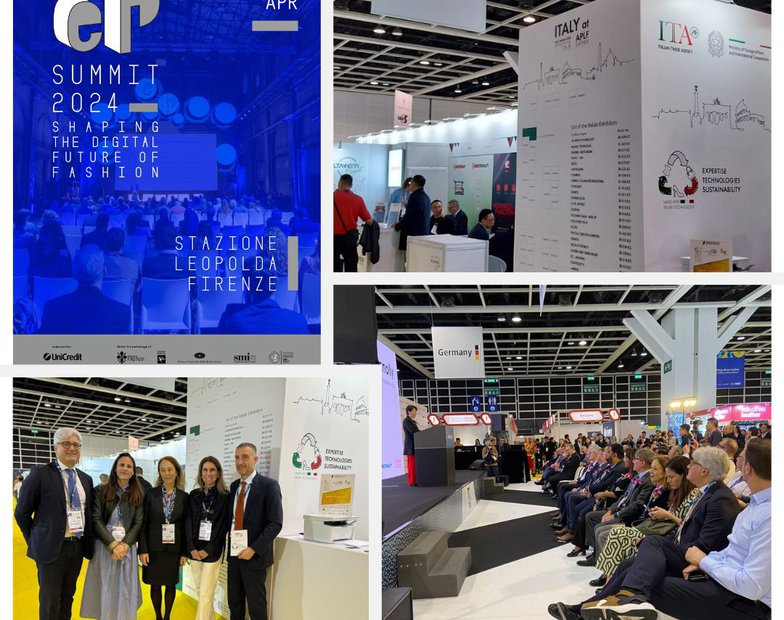Luxury shopping malls in Shanghai remain closed. China's zero-COVID policy has put the country's commercial capital of 26 million people on lockdown. Frustration grows as people confined to their homes reach what has been described as an "emotional turning point.". [What the Shanghai Lockdown Means for Luxury – Jing Daily]
As the lockdown in Shanghai enters its fifth week, designer labels are understandably not a consumer priority when food and medical supplies have become scarce commodities. This comes against a backdrop when prestige brands in China’s luxury hub were benefiting from a strong recovery in spending. In fact, JLL reported that property absorption in the retail sector in Shanghai rebounded from negative levels in 2020 to nearly 1.5 million square meters in 2021.
Luxury business owners are now in a state of instability as they consider how to navigate through this unprecedented crisis. Indeed, Shanghai is not the only city facing COVID-19 restrictions. A report by Gavekal Dragonomics, as cited in The Economist, found that all but 13 of the mainland’s leading 100 cities ranked by GDP were implementing COVID-19 restrictions, with ten cities in “severe lockdown.” And there appears to be no respite as press reports suggest that Beijing could soon follow Shanghai.
As such, the need for luxury executives to confront uncertainty is dominating boardroom discussions. Common concerns to the following questions echo within boardrooms: “When will restrictions be eased?” “To what extent will restrictions be eased or even tightened?” “Will restrictions be expanded to new cities and provinces?” “Will China rethink its zero-COVID strategy?”
There are obviously no definitive answers without risks. Yet luxury executives are hedging their bets that the Omicron variant of COVID-19 will eventually be tamed and shoppers will return to the malls with a vengeance. Possibly. The latest lockdowns, however, could be a catalyst for change with longer-lasting effects. Given this, Jing Daily outlines how a seismic shift in the psychology of luxury consumption patterns could potentially not only disrupt but transform the future of Chinese luxury consumption.
First, a faster than anticipated economic slowdown is likely to dampen the appetite for luxury goods and services. UBS, for example, cut its 2022 China GDP growth target to 4.2 percent. A financial squeeze will oblige consumers, especially those belonging to the middle classes, to reassess what they can afford. Although the propensity to consume recovered in 2021, it remained below pre-pandemic levels. Memories can be short: it was only back in 2015 when luxury companies such as Gucci, Louis Vuitton, and Prada had decided to close underperforming stores.
Second, fear of the unknown could inhibit indulgence in “nonessential” purchases. Younger generations in urban areas, notably Gen Zers and millennials who have been brought up in times of relative abundance, are experiencing shortages of essentials for the very first time in their lives. The rise of community group buying in China has been a lifeline for residents to get grocery supplies. Not only this, but strict lockdowns have reinforced the fragility of psychological well-being: as they reassess their needs and priorities, it is an experience that many will not forget lightly.
Finally, there is a risk that consumer confidence will fall as uncertainty about the future becomes a growing concern. The “feel-good factor” is the driving force behind luxury spending. Simply put, if shoppers are optimistic about the future, they will spend and take advantage of all that life can offer — notably luxury products and services. Mainlanders have traditionally been very positive about their future personal situation. But this is changing. Ipsos’s latest survey conducted between March 25 and April 8, 2022, reported a significant fall in consumer confidence in China. It is likely that this downward trend will continue as the public feel the strain of pandemic pressures. For example, the nationwide survey-based unemployment rate increased to 5.8 percent in March 2022, the highest since May 2020.
A yo-yoing between lockdowns has left a dilemma for millions: to spend or not to spend. The luxury industry could be left in a state of limbo if there is no indication as to when Beijing will end the mass COVID-19 lockdown. Greater uncertainty will also lead investors to rethink whether luxury groups need to diversify their geographical risk. With that in mind, is it time for the luxury industry to take a more balanced approach to China?


